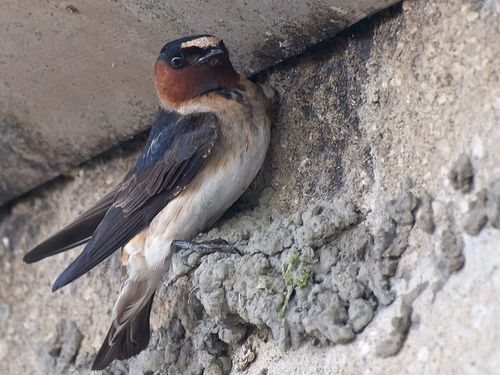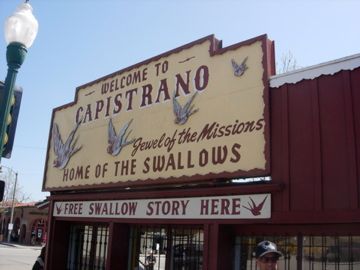Above: Animal CSI Unit of the ASPCA Forensics Team. Photo courtesy of the ASPCA
Animal CSI?
You bet!
Animal forensics is something that began back in the late 1980s but that only began to surface as a viable animal career recently. But it got the attention of the media back in 2009 with the first Animal Crime Scene class at the University of Florida.
The fairly new Veterinary Forensics Medicine Sciences program at the University of Florida, Gainesville is the first of its kind in a major university and is directed by Melinda Merck, a veterinarian who also works as the ASPCA’s senior director of veterinary forensics.
She also has the distinction of serving as the head of the new mobile CSI unit and is the author of Forensic Investigation of Animal Cruelty: A Guide for Veterinary and Law Enforcement Professionals (with Randall Lockwood and Leslie Sinclair).
The first time animal forensics caught my attention was when the US Department of Wildlife opened their forensics laboratory in Oregon.
Although work began to open the wildlife forensics laboratory in the mid-1980s, it officially opened in 1989.
A few years later (1991), the lab became known as the Clark R. Bavin National Fish & Wildlife Forensic Laboratory.
The lab has grown from a staff of ten to that of a group of more than 30 professionals and you can read about it in Animal Investigators by Laurel Neme.
Accreditation was received from the American Society of Crime Lab Directors/Laboratory Accreditation Board (ASCLD/LAB) in 1997, and within a year it became the official crime lab of the Wildlife Working Group of Interpol and of the Convention on International Trade in Endangered Species (CITES).
Originally housed inside a 23,000 square foot building at Southern Oregon University, a 17,000 square foot addition was completed in 2008–indicating the growing need to serve the industry.
The wildlife forensics lab has several roles that include the goals to:
- Identify the species or subspecies of pieces, parts or products of an animal.
- Determine the cause-of-death of an animal.
- Help wildlife officers determine if a violation of law has occurred.
- Identify and compare physical evidence in an attempt to link suspect, victim and crime scene.
The wildlife forensic specialists conduct crime scene investigations, examine evidence, and provide expert witness testimony in court while working to support over 200 Special Agents and Wildlife Inspectors throughout the United States,
Another blip on the animal career radar was the first annual Veterinary Forensic Sciences Conference which was hosted by the William R. Maples Center for Forensic Medicine, University of Florida.
The campus also hosts the International Veterinary Forensic Sciences Association (IVFSA) whose purpose is to:
- Promote the health, welfare and safety of animals through the fostering of current, new, and novel techniques of forensic science and crime scene processing to circumstances of animal abuse, neglect, cruelty, fighting, and death.
- Apply forensic science techniques to legal investigations involving animals as the victim of criminal offenses and civil disputes.
- Educate the animal welfare community, law enforcement, crime scene analysts, forensic scientists, veterinarians, attorneys, judges, and pathologists on the application of forensic science techniques and crime scene processing methods to cases of animal abuse, neglect, cruelty, fighting, and death.
- Inform the law enforcement and legal community on the various scientific disciplines that can be utilized for the interpretation of collected physical evidence related to any crime scene where an animal’s presence or absence is relevant.
- Advance and foster excellence in the veterinary forensic sciences.
In 2010, the ASPCA co-hosted the third annual Veterinary Forensic Sciences Conference and unveiled the new Mobile Animal Crime Scene Investigation Unit (a Subaru Outback). Here is a video of the Animal CSI.
So, the statement their vet is the only Animal CSI is in error as there are other forensic animal specialists that have been working in the field for some time.
However, what is clear is that this is a growing field and if you are interested in, or fascinated by, investigative work–this might be the animal career for you.




